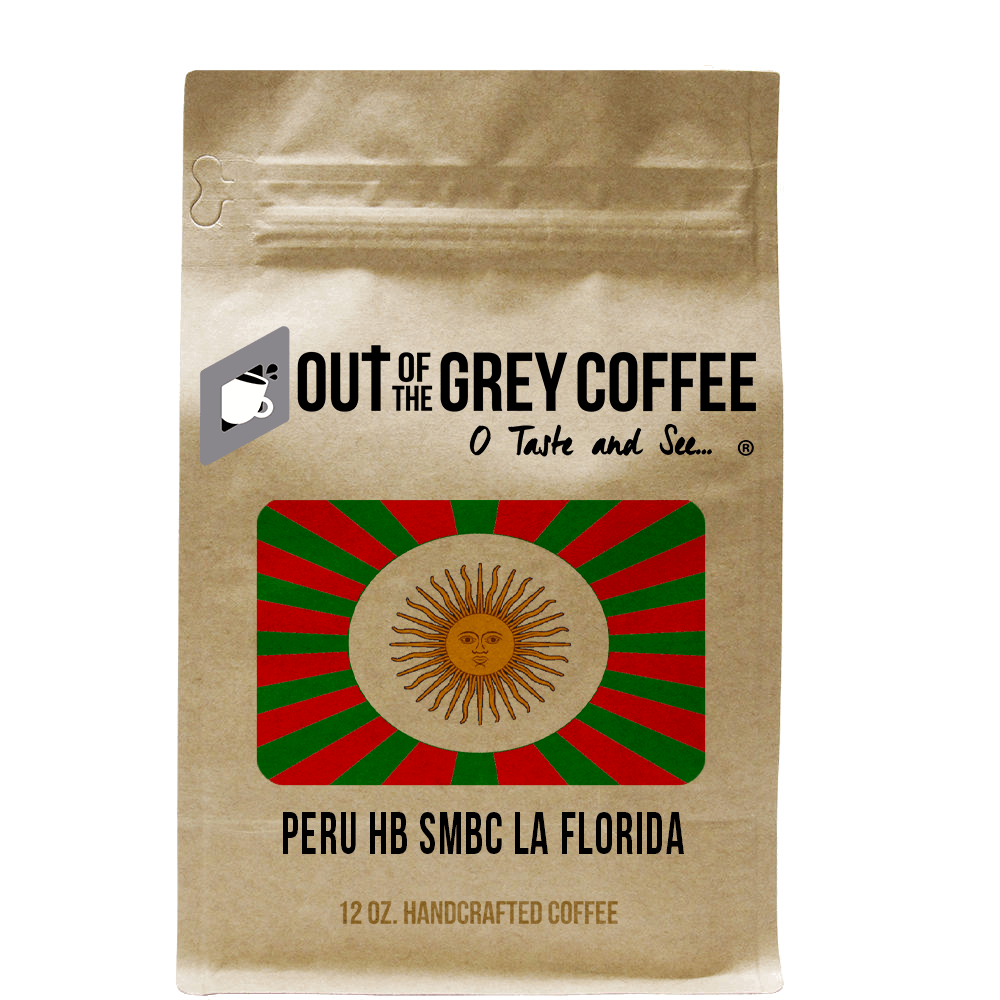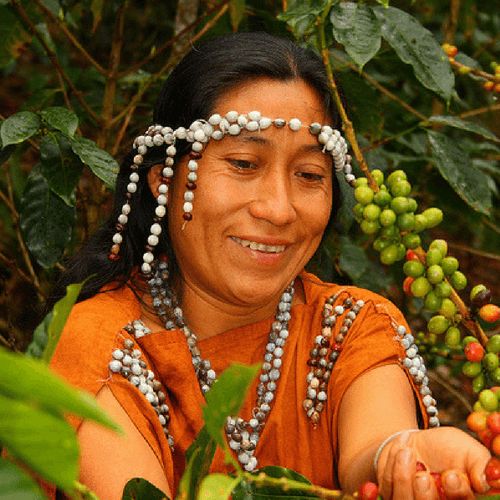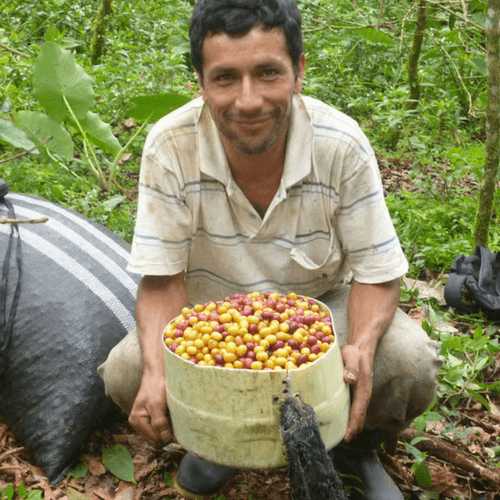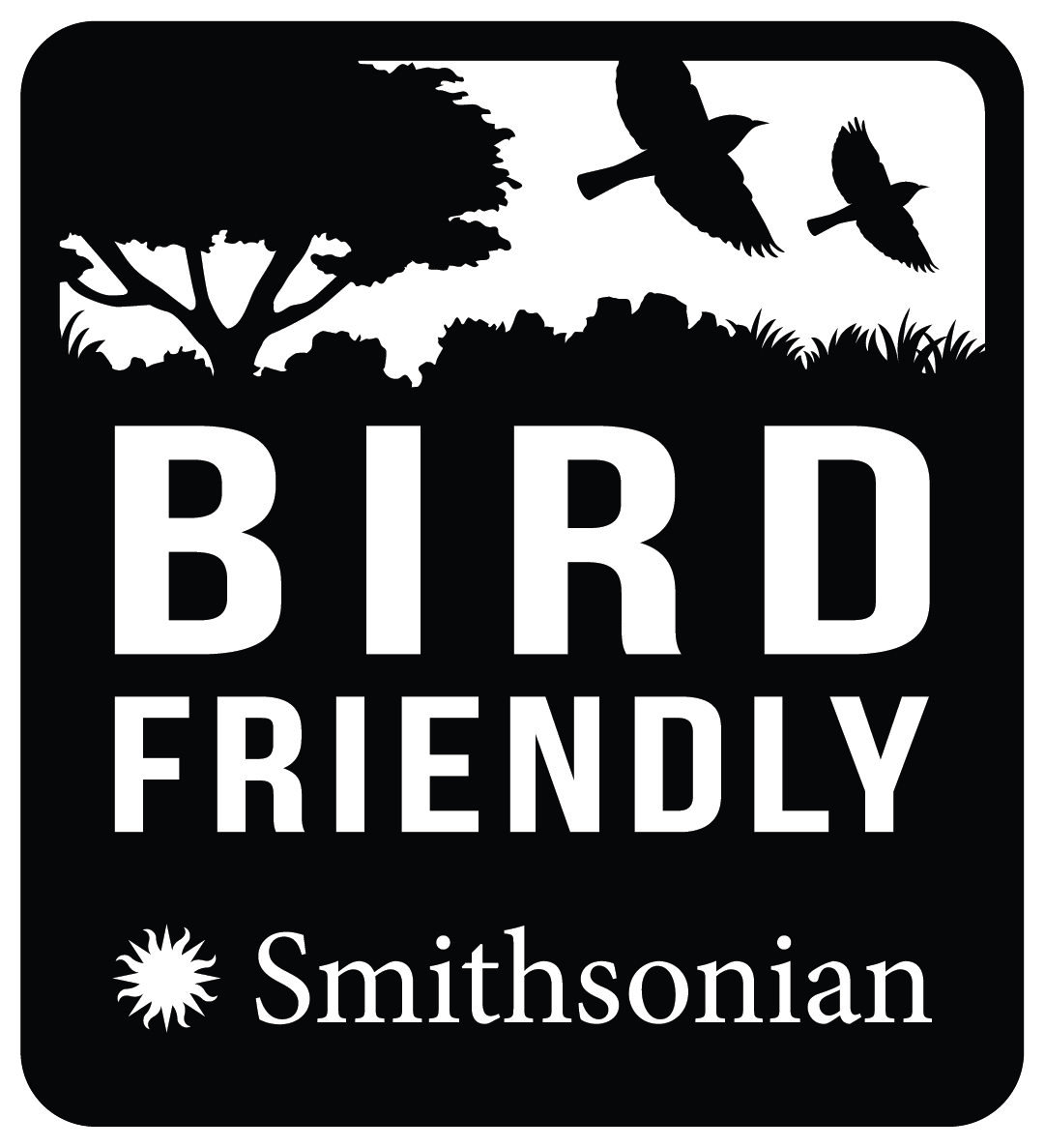




Single Origin - Peru HB SMBC LA FLORIDA AA SHG - Fair Trade Coffee
$22.99 - $23.48
Roast-toned, almond, dark chocolate, daffodil, molasses and crisply dry acidity, velvety mouthfeel with gently drying finish.
Perfect choice for coffee drinkers suffering from digestive issues, or those that just prefer low acidic coffees with a higher level of antioxidants.
100% delicious!
Roast: Dark Medium
Processing: Washed and Sun Dried
Altitude: 1300 - 1800 M.A.S.L.
Harvest: May - September
12 oz. Handcrafted Fair Trade/Bird Friendly Coffee
In addition to the famous culture and landscapes of Machu Picchu, the Nazca lines, and the Amazons, Peru is known for being one of the major producers of organic coffee beans in the world.
The Smithsonian Migratory Bird Center has developed the only 100% organic and shade-grown coffee certification available: Bird Friendly.
With widespread clear cutting for sun coffee plantations, it is imperative to protect the tropical forest that remains and rehabilitate degraded ecosystems. Every cup of Bird Friendly coffee you drink encourages more farmers to grow in the shade, which is good for birds and for people.
First, the program manages a healthy soil base by applying no harmful pesticides to the coffee that could otherwise run off into streams and rivers. This helps reduce the billions of pounds of noxious chemicals injected annually into natural ecosystems that support wildlife and communities.
But this program goes a step further, requiring a variety of native shade trees throughout the coffee plantation. Through decades of research, we have learned the combination of foliage cover, tree height and diversity needed to provide suitable migratory bird habitat while maintaining productive farms. Producers must be re-certified every three years to ensure they continue to meet these requirements and can truly call themselves Bird Friendly.
This results in better-tasting coffee—its rich flavor comes from beans maturing slowly in the shade. Farmers protect water sources for their communities and sequester carbon by managing the forest-like system, which also provides a host of other products like cacao and spices. And the premium prices they fetch for Bird Friendly coffee supports their families and local economies.
This coffee is produced by a cooperative of small farmers in the remote Chanchamayo region of northeast Peru. It is shade grown at an altitude of 4,600 – 5,000 feet above sea level and is prepared by the wet method and sun dried outside on cement patios.
For many years, ootgCoffee has partnered with CENFROCAFE, one of the largest and best-organized cooperatives in Latin America. Despite the overall lack of a cohesive national coffee institute or NGO, CENFROCAFE has been able to support nearly 2,000 coffee-growing families by offering agricultural and financial resources, as well as encouraging producers to learn to roast and to gain exposure to specialty coffee.
In addition to the certified and noncertified lots we buy from CENFROCAFE, we are also exploring Regional Select coffees and microlots, specifically from Cajamarca in the northwest, which is not only where the bulk of the country’s coffees come from, but also far and away the best-cupping lots. A small group of producers there have been developing microlot-quality coffees for several years, and we are excited to continue to nurture those relationships as well as to see what is possible from some of the individual members of the cooperatives.
Historically, Peru’s mild cup profile and relatively inexpensive price have made the coffees an appealing blend component, especially as a seasonal replacement for Mexican coffees. We have high hopes that with more interest from coffee buyers and quality development along the supply chain, we will see more and more finest-quality coffees out of Peru, and lots that will become single-origin offerings to be reckoned with.
HISTORY
Though coffee arrived in Peru early—in the middle of the 1700s—it wasn’t cultivated for commercial export until nearly the 20th century, with increased demand from Europe and the significant decrease in coffee production in Indonesia. British presence and influence in the country in particular helped increase and drive exports: In the early 1900s, the British government took ownership of roughly 2 million hectares of land from the Peruvian government as payment on a defaulted loan, and much of that land became British-owned coffee plantations.
As in many Central and South American countries, as the large European-owned landholdings were sold or redistributed throughout the 20th century, the farms became smaller and more fragmented, offering independence to farmers but also limiting their access to resources and a larger commercial market. Unlike many other countries whose coffee economy is dominated by smallholders, however, Peru lacks the organization or infrastructure to provide economic or technical support to farmers—a hole that outside organizations and certifications have sought to fill. The country has a remarkable number of certified-organic coffees, as well as Fair Trade–, Rainforest Alliance–, and UTZ-certified coffees. Around 30 percent of the country’s smallholders are members of democratic co-ops, which has increased the visibility of coffees from the area but has done little to bring incredibly high-quality lots into the spotlight.
As of the 2010s, Peru is one of the top producers of Arabica coffee, often ranked fifth in world production and export of Arabica. The remoteness of the coffee farms and the incredibly small size of the average farm has prevented much of the single-farm differentiation that has allowed for microlot development and marketing in other growing regions, but as with everything else in specialty coffee, this is changing quickly as well. The country’s lush highlands and good heirloom varieties offer the potential for growers to beat the obstacles of limited infrastructure and market access, and as production increases, we are more likely to see those types of advancements.

